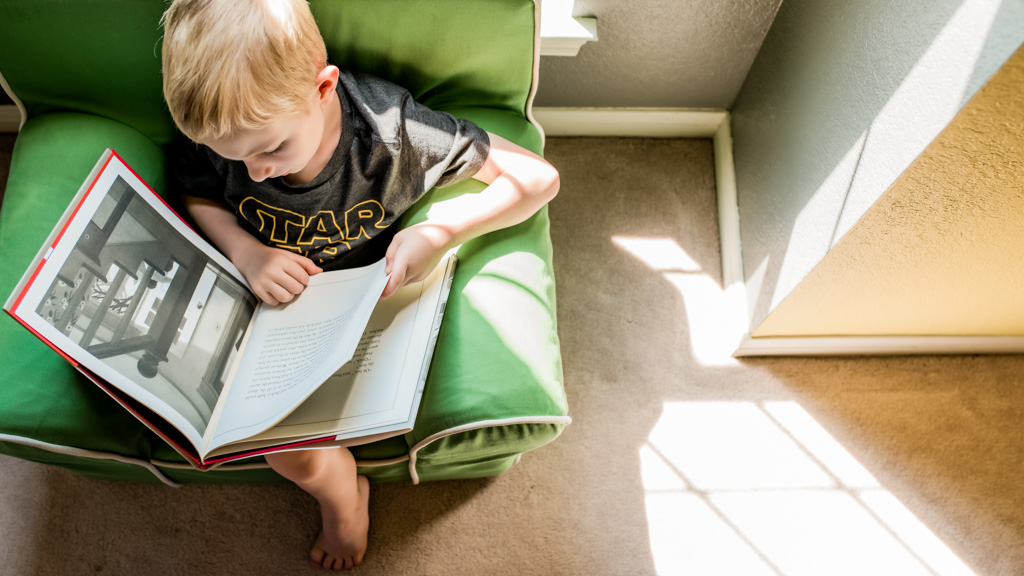Learning to read and spell with confidence and accuracy is quicker, easier and a lot more fun using TVP than with conventional phonics approaches. It consistently achieves clear progress in 60-90 sessions, even with children who have had years of frustration beforehand.
The TVP Approach
Trainertext visual phonics is different to conventional phonics and gets far quicker and more consistent results. This site is devoted to helping you understand TVP and start using it with the free resources you will find here.
Most competing ways to teach phonics are all based around the same basic principle: teach a bunch of rules and expect the child to work out words using them, even though those rules often do not work. It is like teaching a child to ride a bike with an engineering lesson, and then telling them that sometimes gravity does not work.
TVP is based around the neurology of learning and is optimised to get results in half the time or less in that way. It harnesses the natural strengths of the child’s brain, which can learn so many massively complex task with seeming ease.
So trainertext uses a much more natural learning process. It helps the child learn by doing, in the same way that we all learn to walk, talk, and catch a ball. This skills-based approach eliminates frustration and guesswork, by supporting the decoding of letter patterns to sounds with little images for each sound. They act like training wheels on a child’s bike.
The trainertext images float above a word and provide the correct phonetic sound cues when a child gets stuck. After repeated practice decoding words correctly, the trainertext images begin to be removed and the child is decoding independently. And just like when your child takes off for the first time without those little side wheels, it is a joyous moment for everyone!
Listen to these teachers discussing what they have seen since switching to TVP:
Reviews of Trainertext
“It has been brilliant for Elsa. She is now in the top reading group in her class and reads for pleasure – FOR PLEASURE!!! We are really thrilled and extremely grateful for what [TVP] has done for her and she has achieved what we set out for – and more. With so many thanks to you and your team for this brilliant programme. I hope you can reach many many more “reluctant readers” with this wonderful tool-kit.”
Check out more firsthand parent/teacher experiences of TVP, the Easyread system, governmental reviews, academic overviews, and buzz on our Reviews page.
Academic Research
Early Readers
Struggling Readers
What causes reading difficulty?
A word from david
” Currently a staggering one in six children never learns to read confidently. The line “it will all work out when he/she is ready” could not be more wrong. And I know how that feels because I was one of them! I failed English at 14 despite being on track to apply to Oxford to study engineering.
We estimate around a further 30% of children are held back from achieving their full potential by weak literacy skills. We have spent the past decade perfecting new methods to change those terrible numbers forever.
I hope you find TVP interesting and useful. This site is dedicated to making it as easy as possible for you to start implementing TVP as a solution for your children.
– David Morgan, M.Ed
trainertext creator
Articles

Early Warning Signs of Reading Difficulty
Most parents and most teachers share this view that literacy is what matters most. But what can you do when you find that your child is still struggling to read, despite hard work? How can you advocate for your child’s reading?

Uncover Your Child's Learning Strength
As a parent, you are your child’s first and greatest champion in the world, and you will find good solutions to most issues when you look. When you actively engage in your child’s learning, you will quickly discover areas of real strength.

What Is Dyslexia and What Can Be Done to Help?
If your child is struggling with dyslexia, he or she isn’t alone. An estimated 6 to 10 percent of today’s students face this learning challenge. Dyslexics are often exceptionally bright children, with incredible potential.
Our Mission
Our mission is to see every child learning to read and spell with confidence and accuracy, so that they can each achieve their individual potential.
